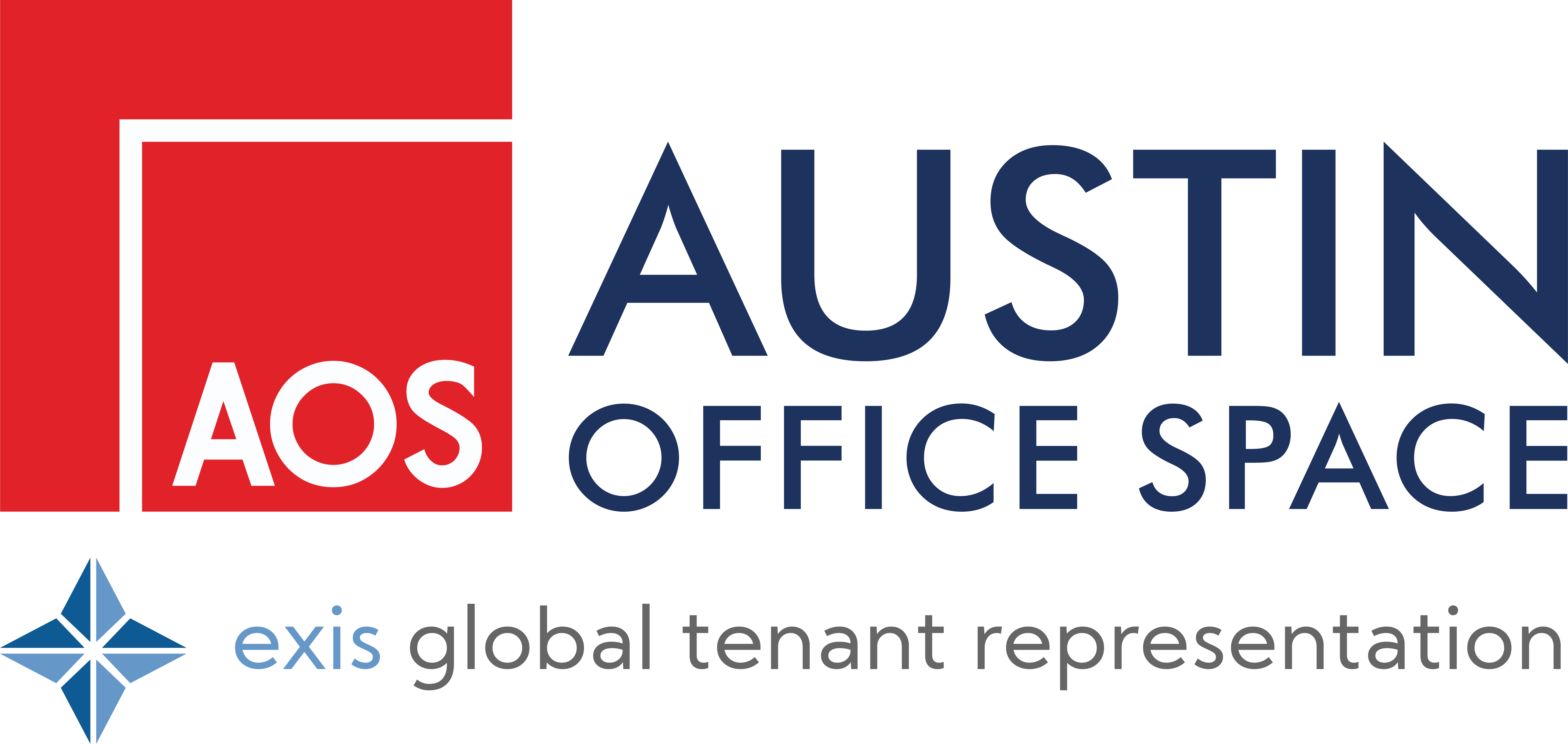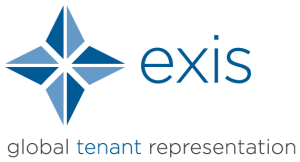Rate
Starting rate is often focused on as the way you determine if you are getting a “good deal” but the effective rental rate is the number that you should use when comparing lease proposals. Your effective rate is the figure you get after factoring in free rent and other cash concessions. Example: 1 month free and then 36 paid months at $30.00 per SF = $30.00 X (36/37) = $29.18 Effective Rate.
Free Rent
Free rent is a very important part of the occupancy cost that can lower the effective lease rate for the tenant but still leave a “higher” lease rate for the landlord when they go to sell the building. Free rent also allows tenants to use the cash they would normally spend on rent to pay for movers, wiring and furniture. Free rent is typically given on the front end of the lease and is in addition to the agreed lease term. Example: 5 year lease with 2 free months = 62 months of occupancy.
Term
The length of your lease determines how aggressive a deal your broker can negotiate for you. Short term leases of 1-3 years expire so fast that another vacancy and lost income is just around the corner for the owner– not very attractive. Long term leases of 4-10 years equals low vacancy and high profits for the landlord. The costs incurred by the landlord with each new lease signed (legal fees, tenant finish-out and brokerage fees) must also be amortized over the term of the lease. Landlords are willing to invest more in your tenant improvements if they can justify the up front cost with a long term rental income stream.
Tenant Finish-out
The more money you ask the landlord to spend getting your space ready for your lease, the less flexible they will be on rate. New paint, carpet and walls might seem like a benefit to the landlord too but it is really just seen as an expense. By the time your lease is up the space will need to be updated again from wear and tear and different preferences of the next tenant. You can negotiate better lease rates if you can find a space that substantially meets your needs as-is. The cost savings to the landlord can be realized in a lower negotiated rental rate.
Move-in Date
The sooner you can move in, the better. Vacant space is lost income for the landlord. Every day a space sits vacant is cash down the drain. If a quick move is possible, it is easier for your broker to negotiate free rent and other concessions for you. If you try to negotiate for an occupancy date too many months in the future you will lose substantial negotiation leverage. A landlord asked to “hold” a space off the market waiting for your occupancy would lose months of rent and much of the desire to bargain with you. Timing of lease negotiations is critical.
Financial Strength
Financial strength or “credit” is VERY important to landlords. Tenants are required to furnish their financials for review (Balance Sheet and Profit & Loss statements). Many businesses are setup as limited liability corporations which can easily run out of money and declare bankruptcy. A personal guarantee from a financially dependable principal or a substantial deposit is often required if the corporate financial strength doesn’t satisfy the owner’s requirements. Landlord’s are looking to lease to profitable companies with a track record of success and stability. The most financially viable companies have the greatest negotiating leverage with landlords.


